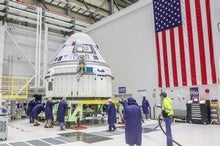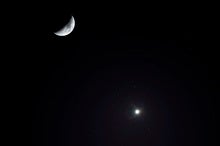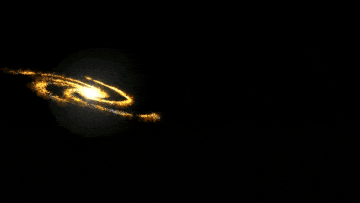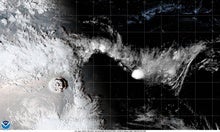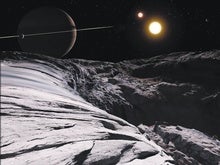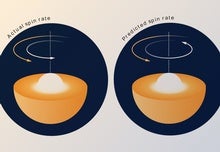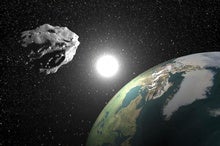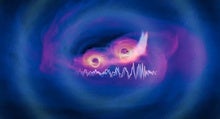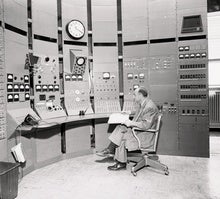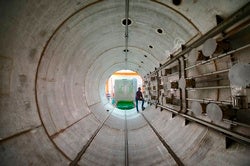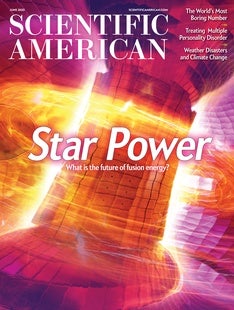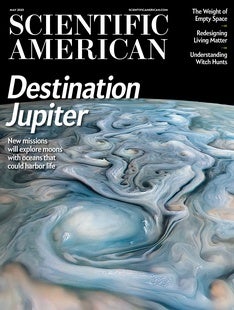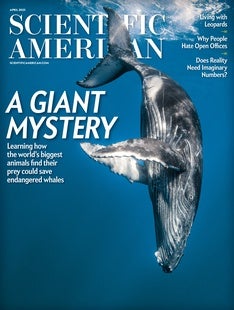
|
|
June 08, 2023
|
This week, we’re pondering what’re arguably the universe’s weirdest particles—neutrinos. These subatomic particles are so ghostly that they scarcely interact with anything at all, able to travel through a light-year’s worth of lead entirely unscathed. Yet they suffuse our surroundings—trillions upon trillions pass through your body every day—and they also may play crucial roles in fundamental mysteries like the nature of dark matter, or why there’s more matter than antimatter in the present-day universe. Our lead story discusses these bizarre wee beasties—and a new book all about them. Elsewhere, we have stories on Venus’s unmissable brightness in the sky, the best-yet map of our solar system’s boundaries, further setbacks for Boeing’s crew-carrying Starliner spacecraft, and much more. Enjoy!
|
|
|
Lee Billings, Senior Editor, Space & Physics
|
|

|
|
|
|
|
|
Astronomy
Why Venus Is So Bright Right Now
Our planetary neighbor Venus becomes a brilliant beacon in the sky each time it reaches its greatest orbital distance from the sun
|
|
|
|
|
|
|
|
|
|
|
|
|
|
Astronomy
Scientists Solve Star Spin Mystery
Magnetic fields help to explain why some stars are spinning more slowly than astronomers thought they should
|
|
By Clara Moskowitz,Lucy Reading-Ikkanda
|
|
|
|
|
|
|
|
|
|
|
|
FROM THE ARCHIVE

|
|
Can Sterile Neutrinos Exist?
Physicists have wondered if neutrino particles come in a mysterious fourth variety. Now new experimental findings complicate the question
By Clara Moskowitz | November 2021
|
|
|
LATEST ISSUES

|
|
|
|
Questions? Comments?

|
|
| Download the Scientific American App |
|
|
|
|



